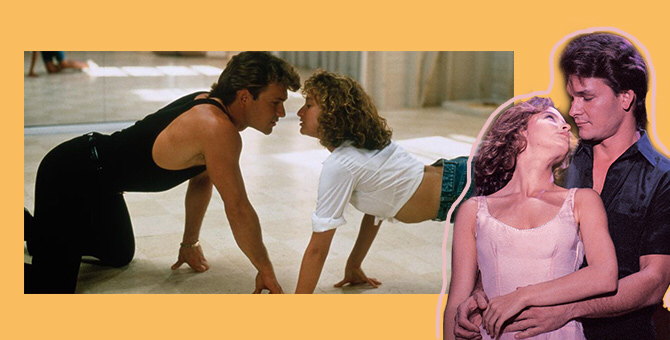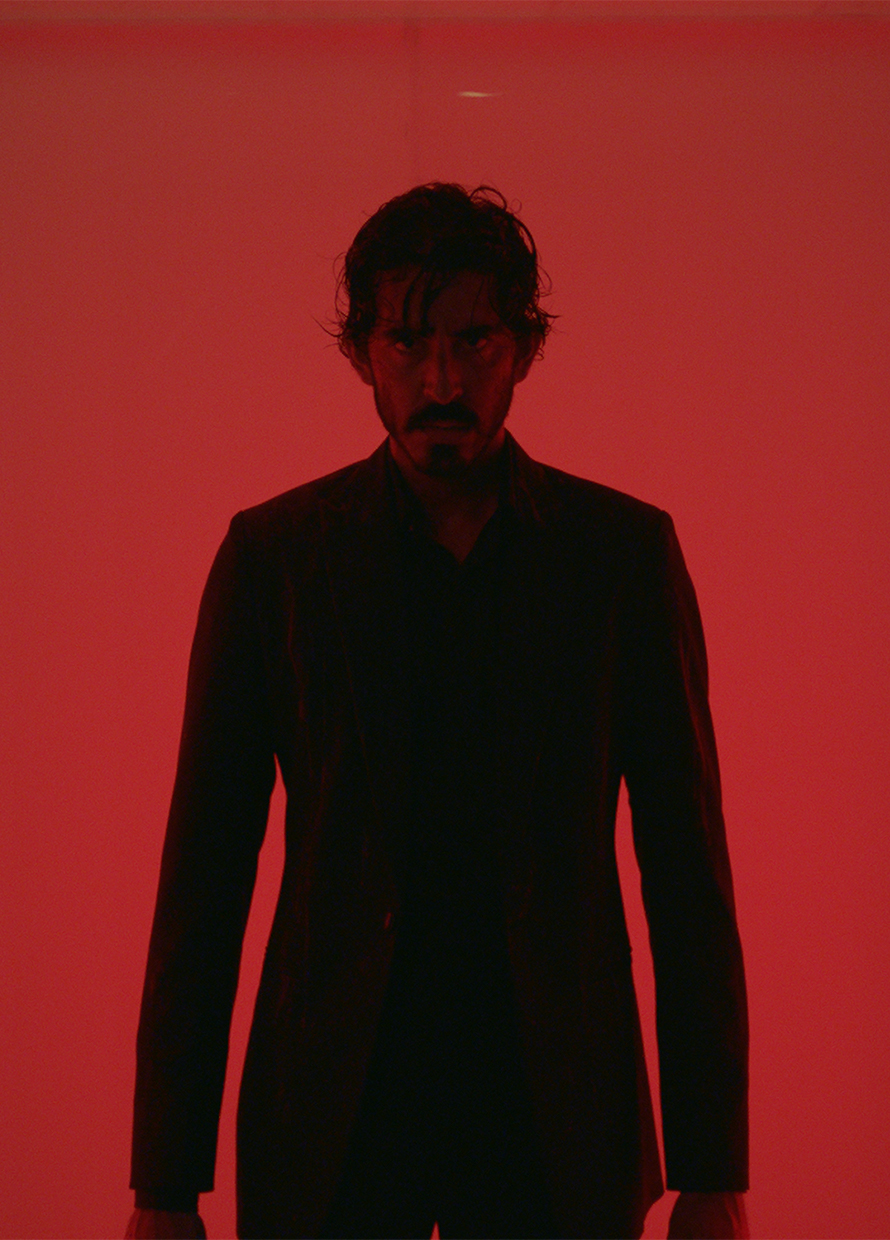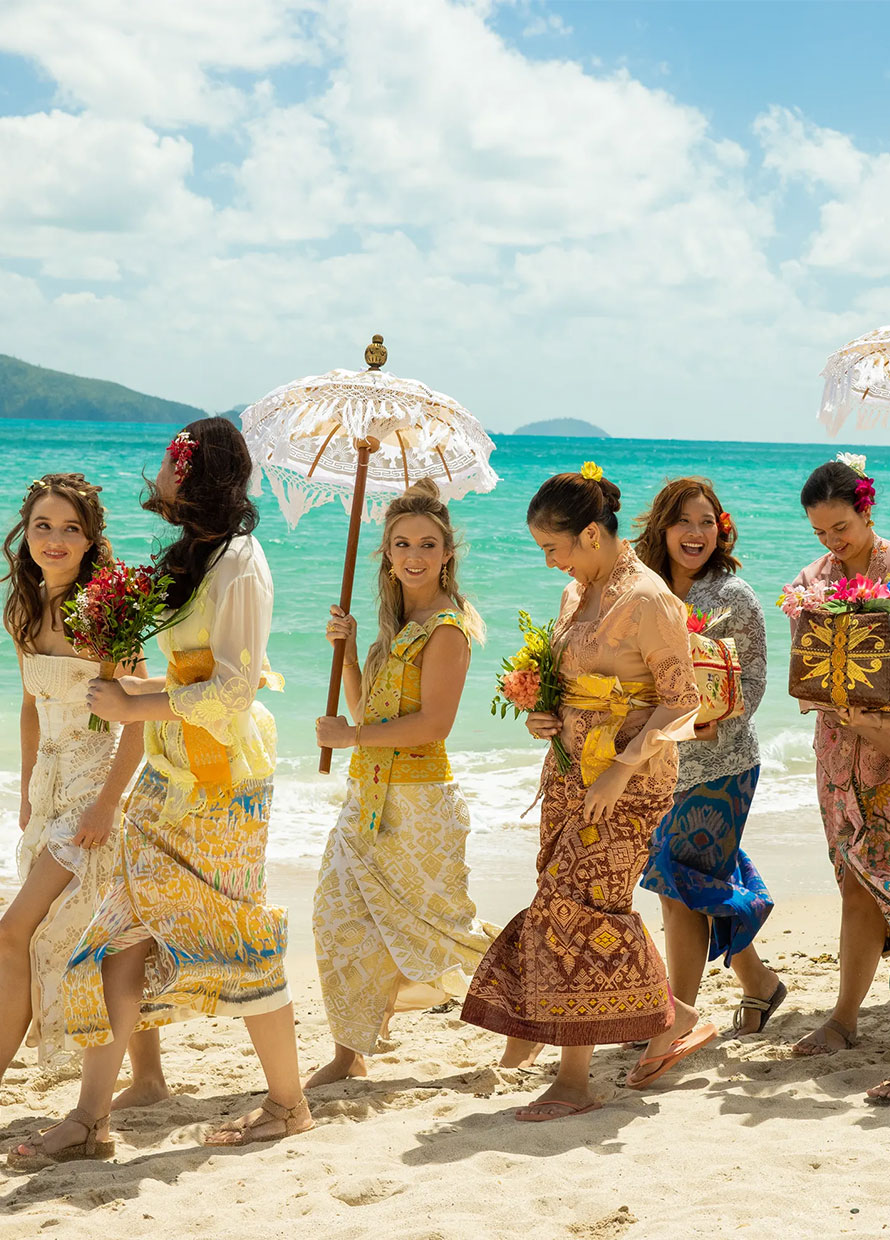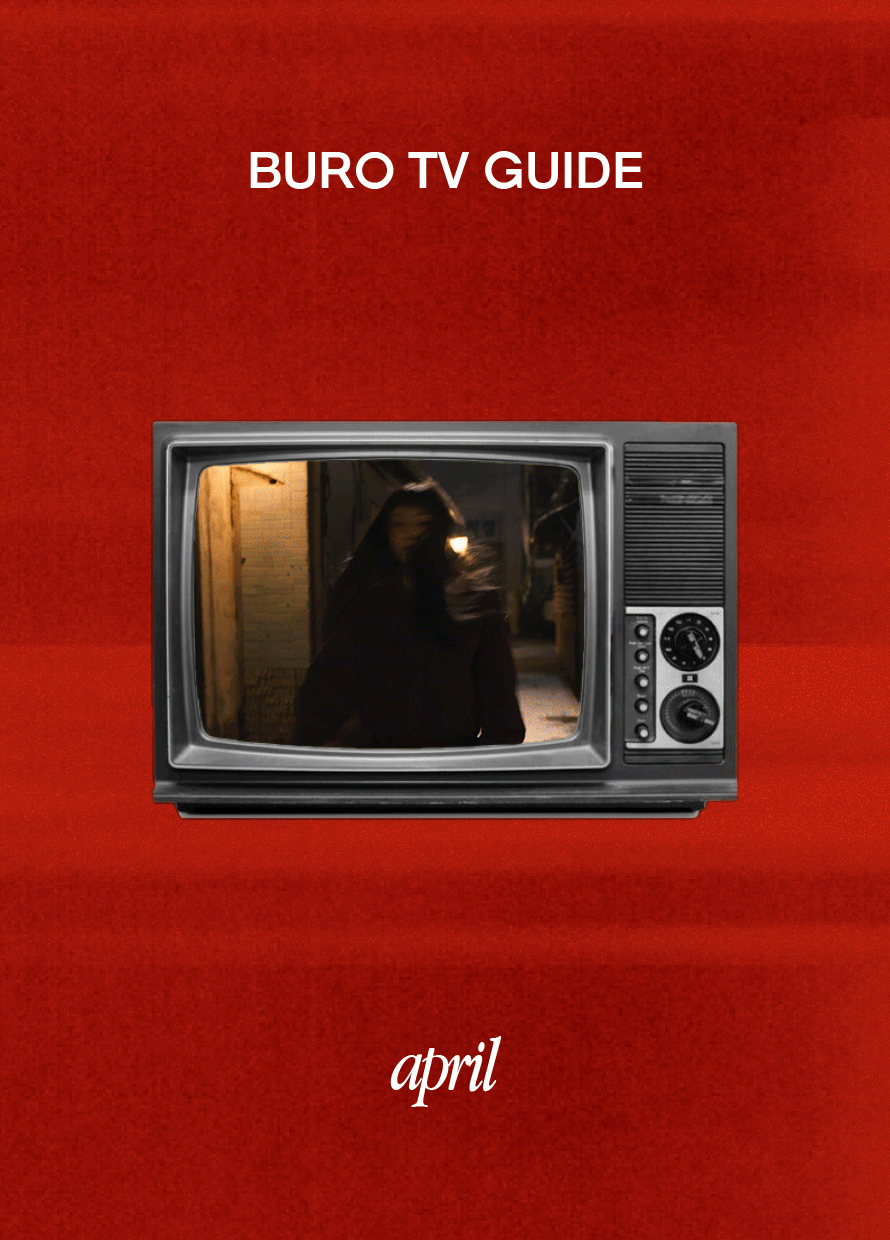Why ‘Dirty Dancing’ was ahead of its time: The spicy politics of a steamy dance film

Spoilers ahead!
Dirty Dancing, a 30-year-old classic that we just can’t help but return to time and time again. Whether it’s the typical forbidden love trope or Patrick Swayze’s killer suave moves (definitely this), the film has a pull to it that is hard to resist.
When I first watched it at 15 years old (sorry, Mum), I, like most pubescent teenagers out there, was mostly enraptured by the dreamy storyline of sweet wallflower Baby (played by Jennifer Grey) meeting and literally being swept off her feet by bad boy dance instructor Johnny Castle—I really can’t help but sigh even as I type his name because the impact of Patrick Swayze in this film cannot be understated.
To me, Dirty Dancing was the quintessential summer fling romance—it had the steamy chemistry, pining, dance montages and the iconic ballroom lift that brought tears to my eyes. Indeed, you could say I had the absolute time of my life. But as I was watching cuts of Baby and Johnny on Youtube every now and then to get my fill of romance (don’t judge me), I thought “enough is enough, I’m overdue for a proper rewatch.”
So, at 21 years old, I gave Dirty Dancing another go and boy, did it surprise me in more ways than one! Yes, the eponymous hip grinding still made me blush for a good minute but for a movie all about bold moves and swift footwork, it became obvious to my (fortunately) more mature mind that the film had other powerful moves and gestures hidden within its narrative that would’ve otherwise gone over my 15-year-old head. So yes, there is actually more to gush about this iconic film, believe it or not.
So before you knock on Dirty Dancing as an R-rated version of Step Up, here are some reasons why it deserves to be remembered as so much more than that. Alexa, play ‘Time of My Life’ and let’s get groovin’.
The not-so-subtle abortion plot
The abortion subplot might only seem hidden if you’re constantly distracted by Patrick Swayze but it’s actually pretty darn obvious once you get it together—case in point, me. I was surprised by how the film weaved such a controversial topic into its content because fast forward 33 years later, abortion is still as divisive and taboo now as it was back then. In fact, it was so alienating that potential investors had second thoughts about the film. Clearasil—sensing a promising teenage viewership likely to buy their acne products—pulled out of a lucrative sponsorship when Bergstein refused to remove the abortion subplot. This was a huge blow to the film, which only had a US$6 million budget.
But Bergstein was absolutely adamant in including the topic of abortion and certainly expected the vehement opposition from studio executives because she made the fool-proof plan of weaving the abortion subplot so intricately into the film’s content that it was impossible to remove it without the movie completely falling apart. Indeed, the abortion subplot is the driving force behind the entire movie: if Penny—one of the ‘dirty dancers’—never made the decision to abort her unexpected pregnancy during the week of her and Johnny’s big cash-winning performance, Baby would never have had to fill in her place, attended Johnny’s intimate dance classes and experienced cinema’s most sizzling sexual tension.
Not only was the abortion subplot vital to the plot, but it was also emblematic of women’s rights issues at the time. As a self-proclaimed history buff, historical context is important to me, even when watching a teen chick flick. Therefore, Dirty Dancing being set in the summer of 1963 was no mistake. At this time, abortion was illegal in the US, with the landmark decision of Roe v. Wade legalising abortion only being passed in 1973. A few states, including New York where the film was set, would make abortion legal in 1970 but that was still seven years too late for Penny. She was young, lost, and had no support from her douche of a baby daddy; she had no choice. Hence, she decided to have an illegal abortion from a “doctor” for US$150. It was her only shot.
This is where I personally think Dirty Dancing departs from its typical teen chick flick paradigm because as much as it is fun and sexy, it also does not shy away from the graphic details surrounding illegal abortion. In a harrowing scene after Penny’s botched abortion, Johnny is comforting an agonised Penny and tells Baby she was operated with “a “dirty knife and a folding table”—I also didn’t realise the pool of blood hidden surreptitiously under Penny’s blankets that only adds to the deeply distressing scene. Such grim details of back-alley abortions serve as the proverbial splash of cold water onto audiences who were swept up by the groovy disco tunes—the situation for women in real life were far more dire and concerning than figuring out how to master their footwork.
A feminist manifesto
Which leads to my next realisation: Dirty Dancing is a feminist manifesto. It is a celebration of women, for women. When Baby finds out Penny is pregnant, she lies to her doting father to get money for the abortion. No judgement, no qualms. It was the decision that just had to be made. When Penny is on the brink of death from the botched operation, Baby immediately seeks her physician father’s help, taking matters into her own hands. What’s more amazing is how the men react to the situation—or, rather their lack of a reaction because unlike most films that try to inject a moral statement or project their own beliefs (see Juno or Blue Valentine), Baby’s father is a professional who promptly does what he needs to.
And even when he does express his dissatisfaction, it is directed towards Baby deceiving him and hanging out with “those” people, not the abortion itself. Johnny and his well-meaning cousin Billy—who organises the abortion for Penny—are all supportive of Penny’s decision because it is exactly that: a woman’s right to choose. While the movie came out in 1987 in which America had 14 years of legalised abortion up to this point, it was still a vital topic that Bergstein needed to include to remind “a whole generation of young people, and women especially…[who] wouldn’t understand what [the illegal abortion] was…I don’t know that we will always have Roe v. Wade.’”
Dirty Dancing also celebrates female sensuality in all its glory, a form of expression that should not be repressed nor criticised but for making it okay for women to feel and be sexy. Throughout cinematic history, women have been portrayed as many things: the duplicitous backstabber, seductive mistress or coy fox—whatever it may be, I always feel that Hollywood is intimidated by strong sexy women and account many of their ‘flaws’ to their charismatic charm (and if they’re not feared, they are objectified by the male gaze). But in Dirty Dancing, the secret room of gyrating men and women atop the bourgeois hotel resort is a counterculture that works to redefine those notions—sexy women ‘dirty dancing’, embracing their raw sensual energy should not be seen as any less of a woman; in fact, they are more authentic than any other person prancing around in their fur coats and martini glasses.
Abortion and women’s rights are still topics that are heavily contested to this day. For a movie that is over 30 years old to have depicted this and explored its complex narrative is, to say the least, groundbreaking. While the film does have its flaws (I don’t appreciate the teacher-student relationship Johnny and Baby’s relationship is founded on and the lack of POC in the film), it still nevertheless proves to be a film that is more than just the salacious hip grinding and floor crawling. As Johnny Castle famously puts it:
So if you’ve been putting off watching this summer gem or haven’t given it the rewatch it deserves, neither should you.
| SHARE THE STORY | |
| Explore More |



